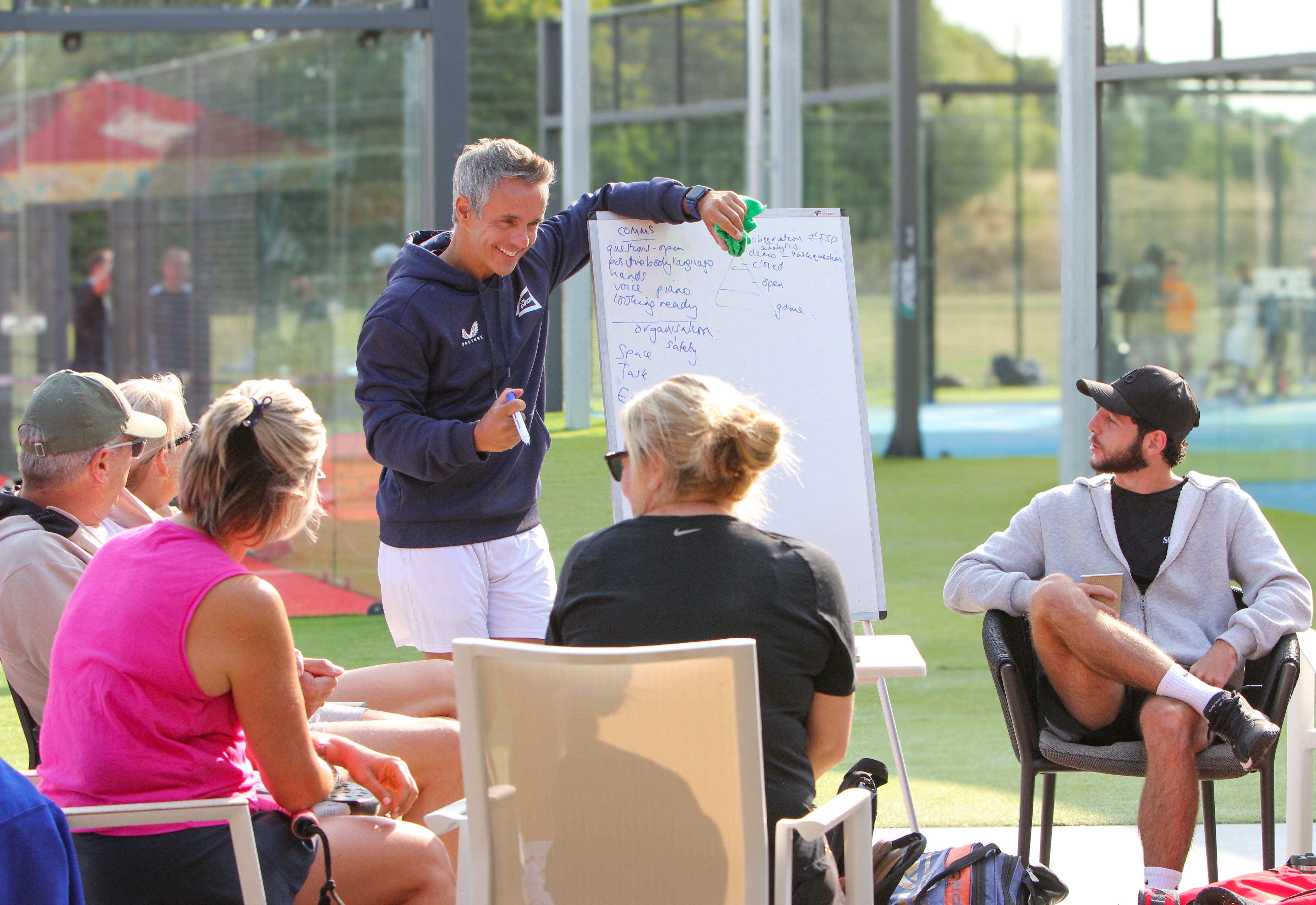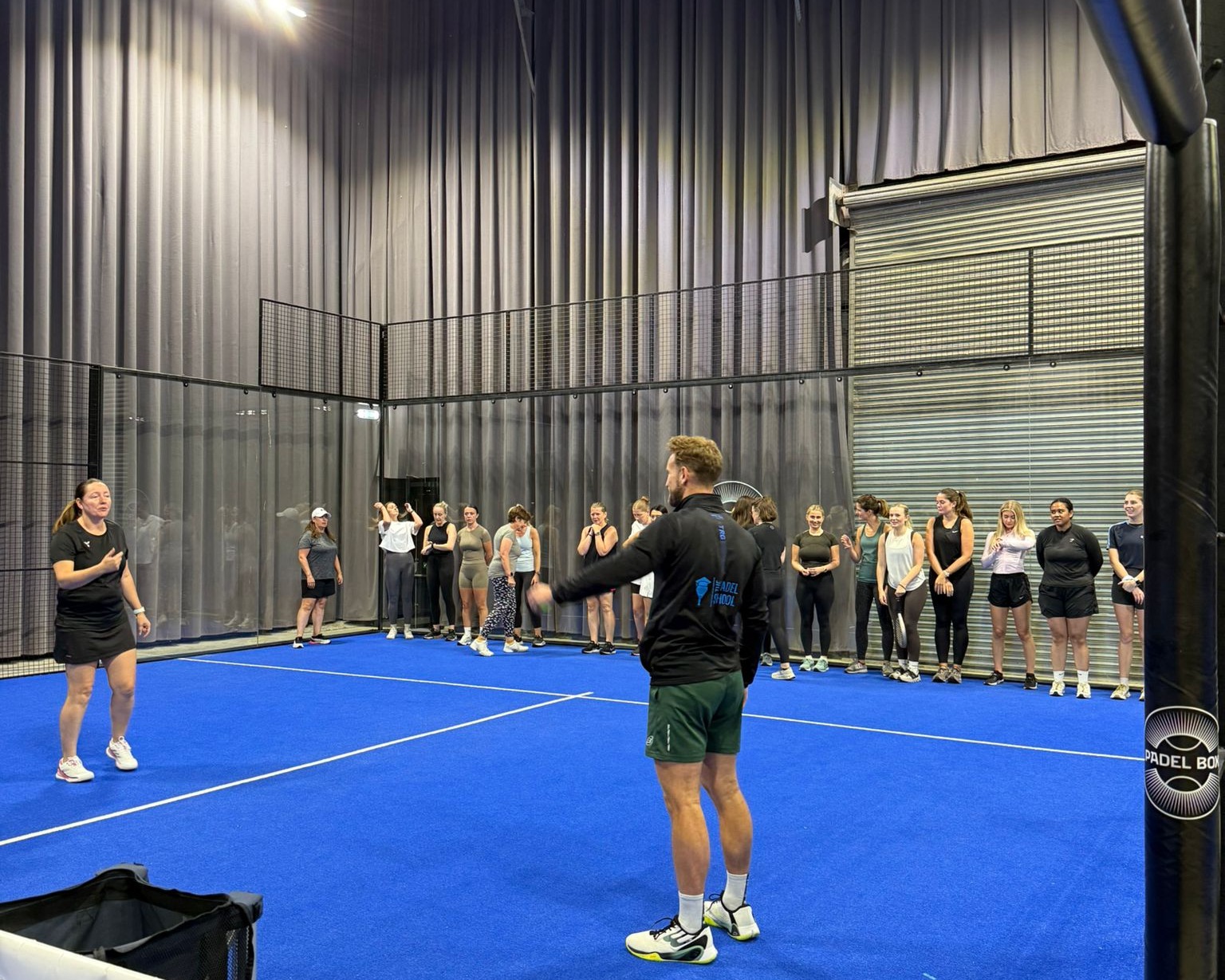Padel Rules Explained: The Simple Version for New Players

Just getting started with padel? You’re not alone. It’s one of the fastest-growing sports in the world—and while it looks a bit like tennis, the rules can be tricky at first. Don’t worry, this quick guide will walk you through everything you need to know before stepping on court.
1. The Basics of Padel
Padel is usually played in doubles on an enclosed court—smaller than a tennis court, surrounded by glass and metal walls. The ball can bounce and rebound off these walls, which makes the rallies longer and more exciting.
Here’s what to remember:
- The ball must bounce once on your side before touching the wall.
- You can play it off your own glass after it bounces.
- You lose the point if it hits the wire fence or bounces twice.
It’s fast, tactical, and easier to pick up than it looks.
2. How Scoring Works
Padel scoring is the same with tennis: 15, 30, 40, game.
A team needs to win six games (by two clear games) to take a set. Most matches are best of three sets. If a set reaches 6–6, a tie-break to seven points decides it.
So, if you already know tennis scoring, you’ll feel right at home.
3. Serving in Padel
The serve in padel is underhand, and it must bounce once before being hit. You serve diagonally into the opposite service box, standing behind the service line.
A few key points:
- Hit the ball at or below waist height after the bounce.
- You get two serves per point.
- If the ball clips the net and still lands in the correct box, it’s a let and replayed.
Serving might feel awkward at first—but once you get the rhythm, it becomes second nature.
4. Using the Walls
This is where padel really stands out. After the ball bounces on your side, you can let it hit the glass wall and still return it. You can also use the wall strategically to control the point.
Just remember:
- You can’t hit the ball straight into your opponent’s wall without a bounce.
- You can’t let the ball bounce twice before hitting it.
Learning to use the walls takes practice—but once you do, it completely changes your game.
5. Padel vs Tennis: What’s Different?
Even though padel borrows tennis scoring, the game itself feels quite different:
- The serve is always underhand.
- The court is enclosed, so the ball stays in play longer.
- Rackets have no strings—they’re solid with holes.
- Doubles is the standard format, even at the pro level.
- Padel is less about power and more about control, teamwork, and smart positioning.
6. Common Beginner Mistakes
Everyone makes a few early mistakes. Here are some to avoid:
- Standing too close to the net.
- Rushing forward after every shot.
- Ignoring the walls.
- Trying to hit too hard instead of placing the ball smartly.
Padel rewards patience. Focus on your positioning, use the walls, and keep the rally going—you’ll improve fast.
Your Takeaways
At first, padel rules can seem like a mix of tennis and squash—but once you understand the basics, the game becomes addictive. It’s social, fast-paced, and full of clever tactics.
So grab your racket, find a partner, and put these rules into play. You’ll be surprised how quickly you fall in love with the sport.
Related Posts
Discover more insights, tips, and articles you might find useful




